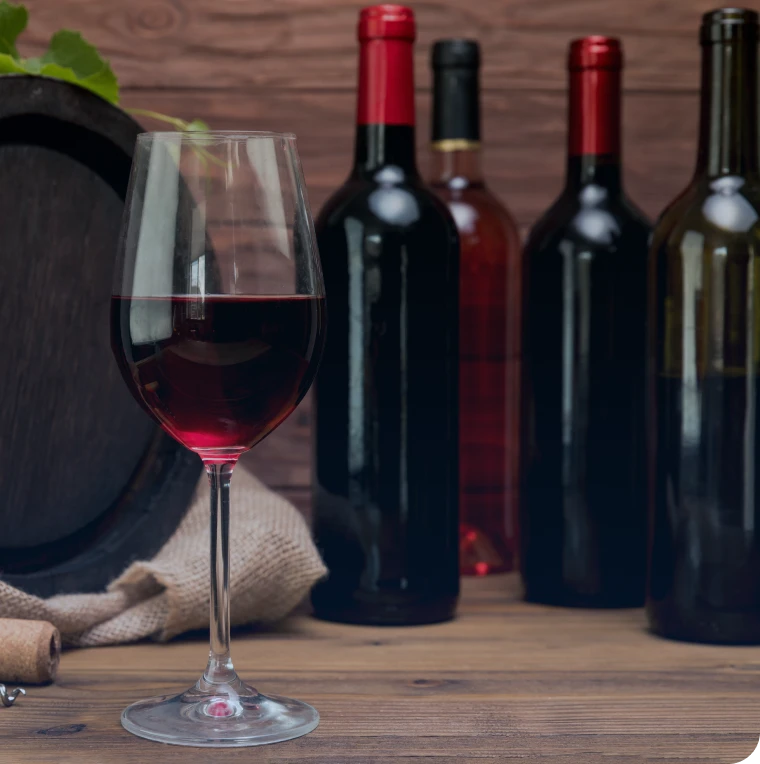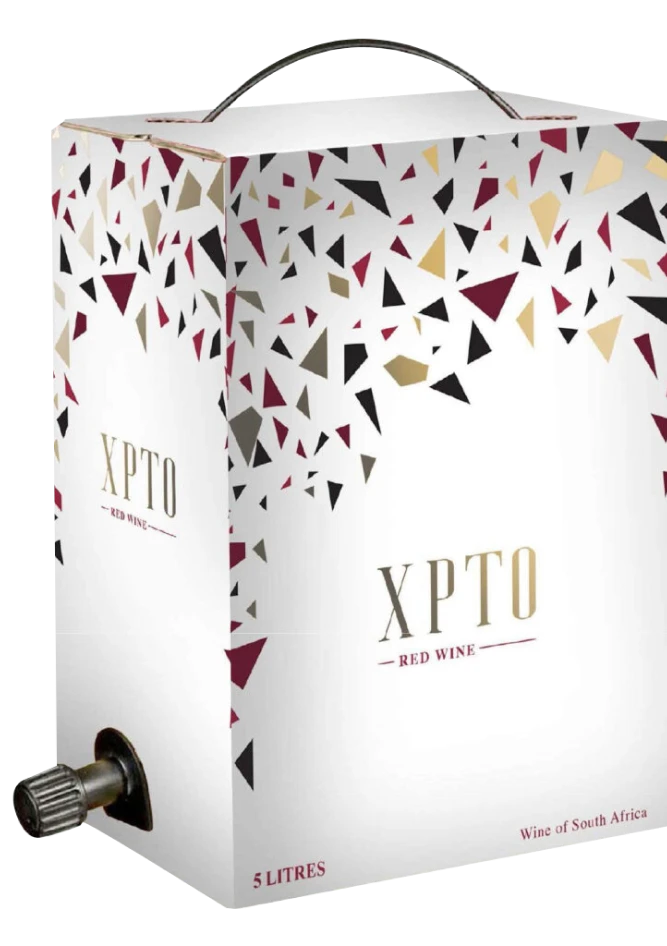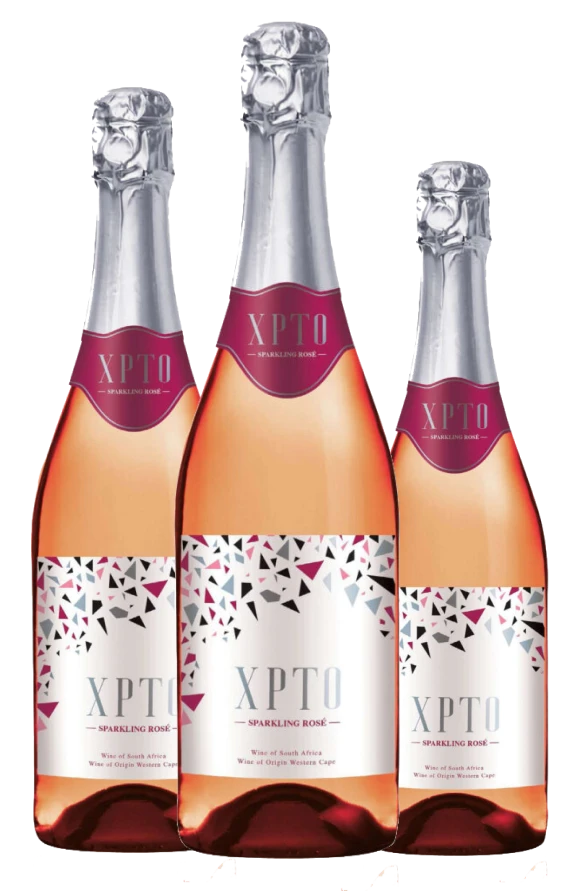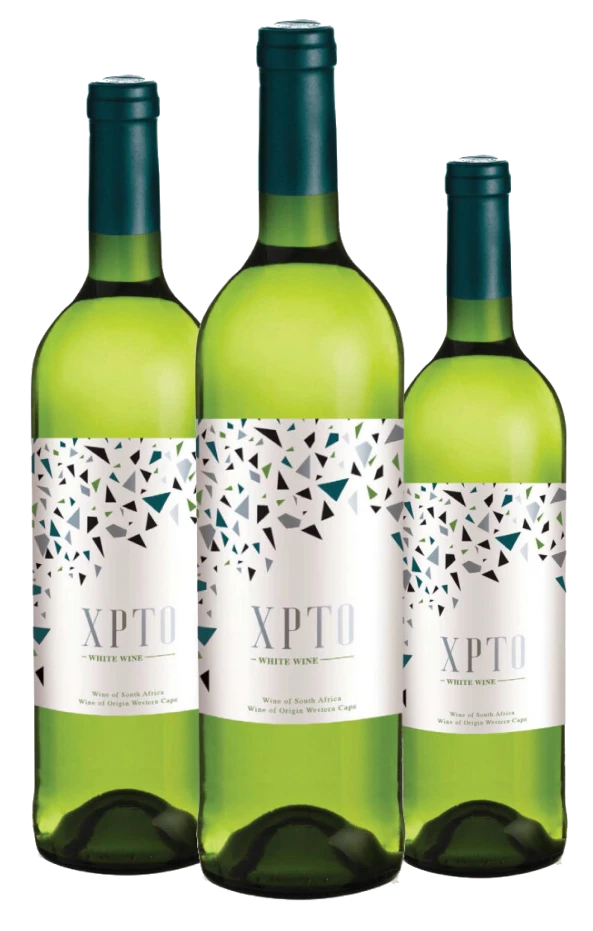XPTO Wines
XPTO Wines
ONI IMPORT EXPORT, a company specializing in wine, is strategically located to select the best labels in South Africa and export South African wines of excellence directly from Cape Town.
Wine distribution outside the South African region is extremely popular among many wine distributors. Wine is often enjoyed with a juicy steak or a delicate piece of fish.
And we provide the best.

XPTO Wines
XPTO wines are produced in the Western Cape region of the Republic of South Africa, using a selection of the finest grapes.
The climatic diversity of the region, between mountains and sea, combined with the quality of its soils and cultivation and production methods, contributes to wines with unique characteristics and above-average quality.
The XPTO wines, as their name suggests, are excellent wines, ideal for pairing with your daily meals and special events.
Intense ruby color, harmonious aroma with complex nuances of herbs and spices.
A voluptuous wine with a smooth and well-integrated acidity and soft tannins.
Specifications of XPTO Wine
Xpto red wine – bib 5l / tetra pack 5l
Xpto red wine – 0.75l bottle
XPTO SPARKLING WINE – 0.75L Bottle
Xpto white wine – 0.75l bottle
Production Process
Wine Information
Production Region: Stellenbosch, Western Cape
Grape Varieties: Blend of Cabernet Sauvignon, Shiraz, Merlot, and Pinotage (varieties may change).
Color: Dark ruby
Ingredients: Red cherry, fruits, herbs, and spices
Technical Information
Color: Red
Tasting Notes
A vibrant and complex wine with a deep ruby color. Elegant with notes of fresh herbs and spices. Smooth on the palate with soft tannins and a hint of vanilla.
Food Pairings
Grilled red meats, lamb, and veal.
Serving Temperature: Between 18 and 20°C
Storage: 2-3 days in an opened bottle at 15°C
Cellaring: 2 to 3 years
Bottled in 5L and packed = 1 x 4
Bottle Barcode: 6009703111598
Case: 6009703111604
1x20FCL = max 3,600 bottles = 900 cases – loose cargo
1x40FCL = max 4,880 bottles = 1,220 cases – loose cargo

Production Process
The grapes are carefully selected and placed in a cold environment for at least 12 hours.
After pressing, fermentation takes place until all the sugar is converted into alcohol.
Once fermentation is completed, clarification begins, and solids such as dead yeast cells, tannins, and proteins are removed.
The wine is then transferred to another container to be prepared for bottling and aging.
Wine Information
Production Region: Stellenbosch, Western Cape
Grape Varieties: Blend of Cabernet Sauvignon, Shiraz, Merlot, and Pinotage.
Color: Dark ruby
Ingredients: Red cherry, fruits, herbs, and spices
Tasting Notes
A vibrant, complex, and elegant wine with notes of fresh herbs and spices, soft tannins, and a hint of vanilla.
Pairing With
Grilled red meats, lamb, and veal.
Serving Temperature: Between 18 and 20°C
Storage: 2-3 days in an opened bottle at 15°C
Cellaring: 2 to 3 years
Bottled in 0.75L and packed in boxes = 1 x 6
Bottle Barcode: 6009703111550
Case: 6009703111567
1x20FCL = max 14,700 bottles = 2,450 cases – loose cargo
These values and specifications may change due to uncontrollable factors.

Production Process
The grapes are grown and fermented like any other wine, with additional aging after fermentation. A second fermentation in the bottle is initiated, followed by disgorgement.
The wine is bottled with additional yeast and sugar, and the bottles are sealed to allow for a second fermentation, which can last about a year. After this, the wine is aged for one or more additional years.
The yeast is removed through a process called “riddling,” where the bottle is placed upside down and turned an eighth of a turn each day. The dead yeast cells then settle in the neck of the bottle.
The top of the bottle is then frozen in a bath of ice-cold/salty water, and the cork is removed.
The pressure expels the frozen plug containing the dead yeast cells from the bottle. This process is called “disgorgement.”
Sometimes, a mixture of white wine brandy and sugar (dosage) is added to finish the bottle.
It is then corked and wired to retain the high pressure inside.
Wine Information
Production Region: Stellenbosch, Western Cape
Grape Varieties: Chardonnay, Pinotage, and Shiraz
Color: Rosé
Ingredients: Delicious hints of raspberries and rose petals.
Tasting Notes
This sparkling rosé wine is crystalline, with aromas of cherries and berries, exhibiting a remarkable balance between acidity and a long, persistent fruity flavor.
Food and Wine Pairings
Pairs well with light meals, light salads, seafood, fish, and cheeses.
Serving Temperature: Between 18 and 20°C
Storage: 2-3 days in an opened bottle at 15°C
Bottled in 0.75L and packed in boxes = 1 x 6
Bottle Barcode: 60097031116111
Case: 6009703111628
1x20FCL = max 12,012 bottles = 2,002 cases – loose cargo
1x40FCL = max 16,200 bottles = 2,700 cases – loose cargo
These values and specifications may change due to uncontrollable factors.

Production Process
The grapes are meticulously selected and placed in a cold environment for at least 12 hours.
After pressing the grapes, fermentation begins. The juice starts to ferment naturally and continues until all the sugar is converted into alcohol.
Once fermentation is completed, clarification begins, and solids such as dead yeast cells, tannins, and proteins are removed.
The wine is then transferred to a different vessel and prepared for bottling and future aging, which constitutes the final phase of the winemaking process.
Wine Information
Production Region: Stellenbosch, Western Cape
Grape Varieties: Blend of Chenin Blanc, Sauvignon Blanc, and Colombard
Color: Golden Yellow
Ingredients: Aromatic notes of honey, tropical fruit salad
Tasting Notes
Crystalline white wine with aromatic notes of honey, tropical fruits, and a creamy finish.
Food Pairings
Pairs well with fish, seafood, pasta, risotto, sushi, and smoked salmon.
Serving Temperature: Between 13 and 15 ⁰C
Storage: 2-3 days in an opened bottle at 15°C
Bottled in 0.75L and packed in boxes = 1 x 6
Bottle Barcode: 6009703111574
Case: 6009703111581
1x20FCL = max 14,700 bottles = 2,450 cases – loose cargo
1x40FCL = max 21,000 bottles = 3,500 cases – loose cargo
These values and specifications may change due to uncontrollable factors.

Wines in cartons / tetra pack / bag-in-box
Formulário - Orçamento

